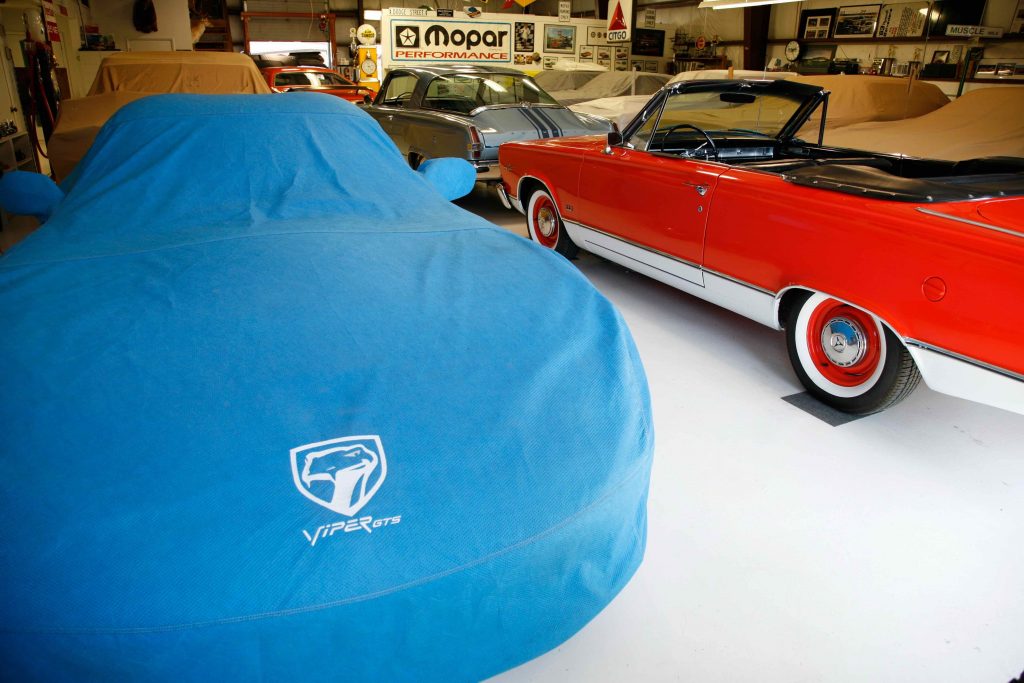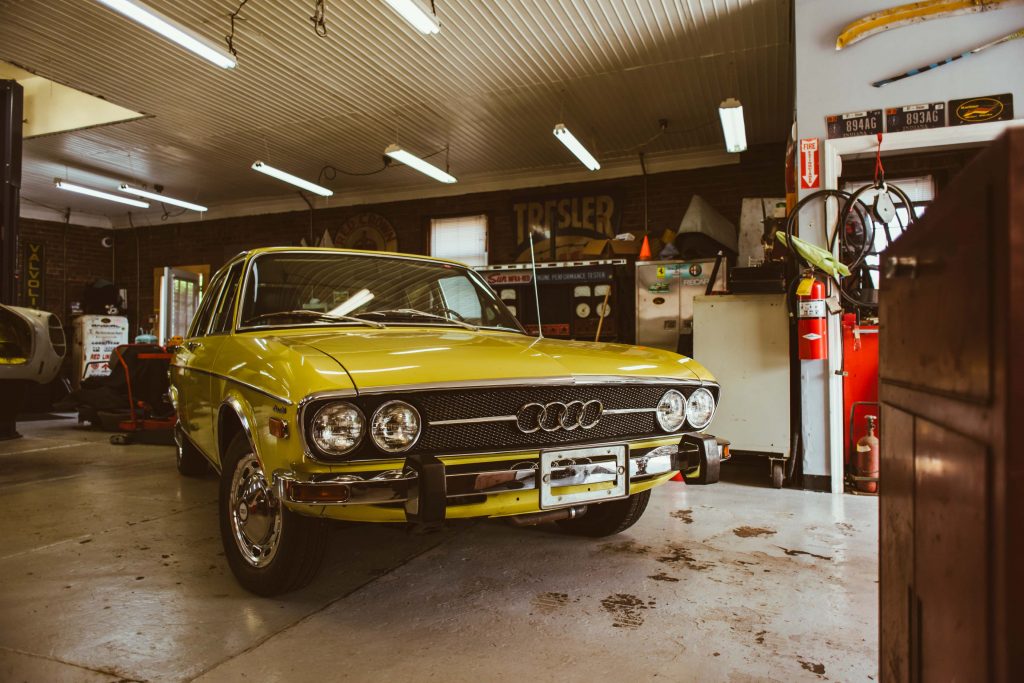
None of us wants to put away our favourite car over winter, or for that matter our favourite motorcycle. Who wouldn’t far rather keep on driving, keep on hearing that engine, keep on working the gears and leaning on those tyres? Sadly, winter happens. And with winter comes wet weather, salt spreaders, icy bends and all the stuff that the majority of us wish would go away so we can bring out our toys and play. Fear not, though, because by following this car storage advice you can rest assured your car will remain in good health.
Carrying out certain pre-hibernation checks to make sure your classic goes into its winter storage in the best condition possible will help it emerge from its slumber in good shape. Here are some straightforward tips that anyone can easily follow. And if you don’t have a garage, fear not. We’ve also got a round up of outdoor car covers and carcoons, which you can browse by clicking here.
1. Get rid of grime
When it comes to car storage advice, rule one is to clean your car. Bird poo, dirt and dead bugs can be acidic and slowly eat away at paint and chrome work so wash, polish and wax thoroughly. Clean the wheel arches and undercarriage, and if you have one, use an air compressor to blast away water beads. During this process water can settle inside door jams, around rubber seals, trims and mirror surrounds so check these areas and if necessary use a microfibre towel or hair dryer to soak up the excess. With coronavirus in mind, use anti-bacterial wipes to clean the interior of your car focusing on the steering wheel, dashboard, seatbelts, gear stick and door handles.
2. Reduce its rodent appeal
Your vintage valet duties also include carrying out a sweep for food that’s been forgotten about. If you don’t find it, a hungry rodent looking for a place to eat and sleep, will. Mice and rats have a taste for insulation and air filters too, so block entry points such as the exhaust pipe with steel wool, and close all air vents. Evicting unwelcome visitors in spring is not a job you want to be doing. For more detail, see our guide to keeping our furry friends at bay.
3. Get a handle on humidity
Ask anyone for car storage advice and they’ll tell you moisture is an invisible enemy – and by the time you’ve discovered the damage excess damp can do, it’s too late. Storing your car in a garage with air flow will help, and so can a dehumidifier, but don’t set it too high as it can draw the moisture out of everything around it. A relative humidity of 55% is recommended by vehicle storage businesses. Consider placing silica gel packs, or a container of baking soda, in a footwell to absorb moisture and leave a window open to prevent condensation or a musty smell. If your classic has a soft top roof, don’t fold it away as this is a perfect environment for growing mould. If you use a car cover, make sure it’s lightweight, breathable and preferably tailored to your car, or elasticated to fit snugly.

Photo: Hagerty / Don Rutt
4. Inflate the tyres
Going nowhere takes its toll on tyres, but there are several ways to prevent what’s known as flat-spotting – where the tyre loses its shape. The easiest is to pump them up to the maximum recommended air pressure. Alternatively, jack the car up and put it on axle stands so that the wheels no longer make contact with the ground – this also takes the pressure off bearings. This is also a great opportunity to inspect the condition of the tyres.
5. Don’t use the handbrake
It goes against your instincts, but if you leave the handbrake on you risk fusing the brake pads to the discs. Use wheel chocks to stop your classic from rolling away, check your brake fluid, and leave the car in gear.
6. Do change the engine oil
This is probably the most important task to tackle. During regular usage the impurities that build up in oil as a by-product of fuel combustion are driven off, but if left to linger during the hibernation period they will do their corrosive worst. Change the oil and the filter, check the level then run the engine to circulate.
7. Top up and treat the fuel, or leave it empty
This is a topic that divides enthusiasts. Some say it’s best to fill the tank to minimise the amount of petrol exposed to the air, and add a stabilising product which will help to ward off corrosion, oxidation and keep the fuel in grade. Others, suggest leaving the tank as good as empty, then add a splash of fresh fuel when bringing your car out of storage, before filling it entirely.

Photo: Hagerty / Sandon Voelker
8. Disconnect or charge the battery
A battery will naturally discharge over time. The low-tech solution to stop it from losing its oomph is to disconnect the battery. Alternatively, purchase a trickle charger .
9. Anti-seize and antifreeze
For specific grease points refer to your car manufacturer’s handbook or workshop manual. The common ones include steering components, prop shaft, spring shackles and suspension ball joints. You also need to treat rubber seals with silicone grease to help maintain their sealing properties and lubricate locks. It’s also important to check the level of antifreeze in the coolant, and go through the car’s service history or records to check when it was last changed and whether that is in keeping with the manufacturer’s recommended timeframe.
10. Lift wipers from glass
Our final tip for car storage advice is as simple as they come. Rubber has a tendency to fuse itself to glass when left unattended so it’s vital to keep the two apart when being left alone for so long – otherwise the rubber will deteriorate and become useless for wiping away rain. Either lift the wipers up and off the windscreen entirely, or insert a piece of cloth or paper to create a barrier between them.
Article republished from Hagerty.co.uk




